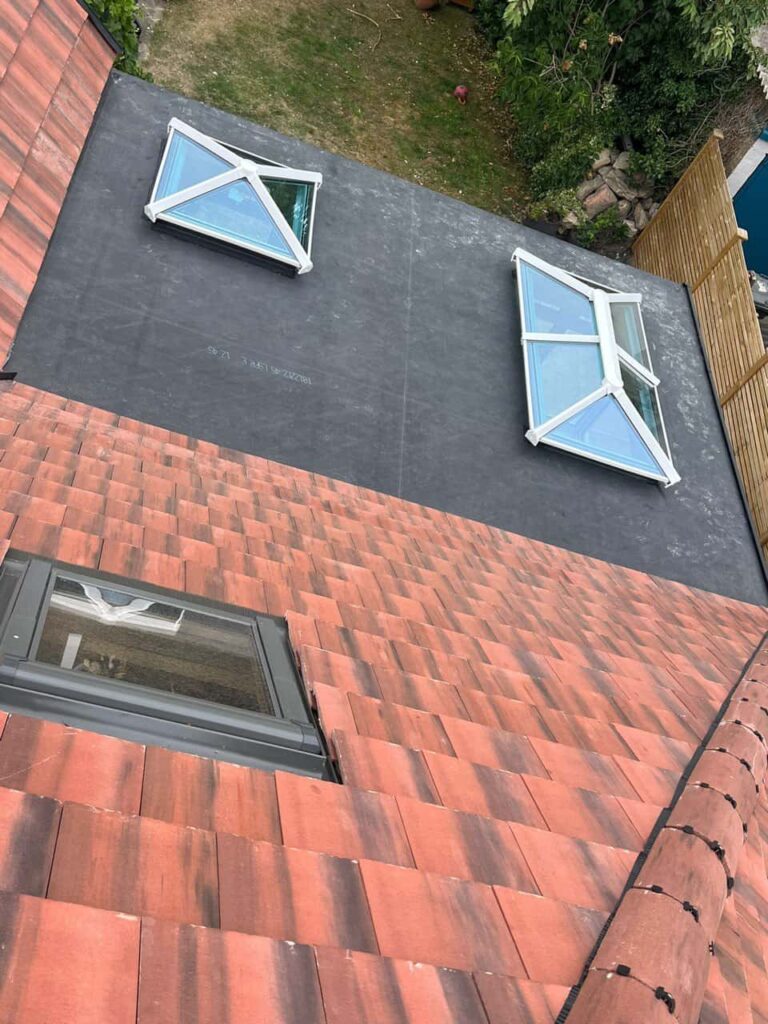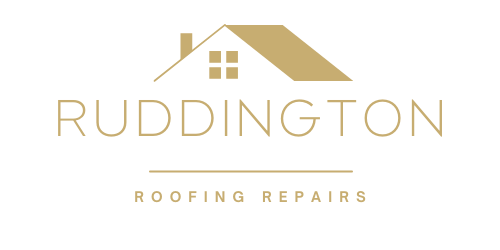Introduction: In the quest for a more sustainable and energy-efficient home, homeowners often overlook their roof’s role in regulating indoor temperatures and reducing energy consumption. Re-roofing a hipped roof presents a valuable opportunity to enhance the aesthetic appeal and structural integrity of a home and improve its energy efficiency. In this blog post, we’ll explore how hipped roof re-roofing can contribute to greater energy efficiency and comfort within the home, providing long-term benefits for both homeowners and the environment.
Upgrading Insulation:
- During the re-roofing process, homeowners can upgrade or enhance the insulation in their hipped roof. Proper insulation is essential for preventing heat loss during the winter months and minimising heat gain during the summer months, thereby reducing the need for heating and cooling and lowering energy bills. By investing in high-quality insulation materials and ensuring proper installation, homeowners can create a more thermally efficient barrier between their home’s interior and the outdoor elements.
Sealing Air Leaks:
- Over time, a hipped roof’s seams, joints, and penetrations can develop gaps or cracks that allow warm or cool air to escape from the home. During the re-roofing process, professional roofers can identify and address these air leaks, sealing them with caulk, weatherstripping, or other sealants to prevent energy loss and improve indoor comfort. By eliminating drafts and maintaining a tighter building envelope, homeowners can reduce their reliance on heating and cooling systems and enjoy more consistent temperatures throughout the year.
Installing Cool Roofing Materials:
- Cool roofing materials, such as reflective coatings, light-coloured shingles, or metal roofing, can help reduce the heat absorbed by a hipped roof and transferred into the home’s interior. Cool roofing materials can lower roof temperatures, reduce cooling loads, and mitigate the urban heat island effect by reflecting sunlight away from the roof surface. During re-roofing, homeowners can explore options for cool roofing materials that meet their aesthetic preferences and energy efficiency goals, ensuring a more comfortable and sustainable living environment.
Enhancing Ventilation:
- Proper attic ventilation is essential for regulating temperature and moisture levels in a hipped roof and preventing damage from condensation, mould, and rot. During re-roofing, roofers can assess the existing ventilation system and make necessary adjustments or upgrades to improve airflow and circulation. By ensuring adequate intake and exhaust vents, homeowners can reduce the risk of moisture buildup and prolong the lifespan of their roofing materials, ultimately saving money on repairs and replacement costs.
Investing in Energy-Efficient Roofing Systems:
- In addition to insulation, sealing, cool roofing materials, and ventilation, homeowners can also consider investing in energy-efficient roofing systems to minimise energy consumption and maximise comfort. Examples include green roofs, which feature living vegetation to provide natural insulation and reduce heat transfer, and solar roofing systems, which generate renewable energy to offset electricity usage and lower utility bills. While these options may require a higher upfront investment, they can yield significant long-term savings and environmental benefits.
Conclusion: Re-roofing a hipped roof presents an excellent opportunity for homeowners to improve their homes’ energy efficiency, comfort, and sustainability. Homeowners can create a more thermally efficient and environmentally friendly living space by upgrading insulation, sealing air leaks, installing cool roofing materials, enhancing ventilation, and investing in energy-efficient roofing systems.
Call us on: 0115 647 1193
Click here to find out more about Ruddington Roofing Repairs
Click here to complete our contact form and see how we can help with your roofing needs.

